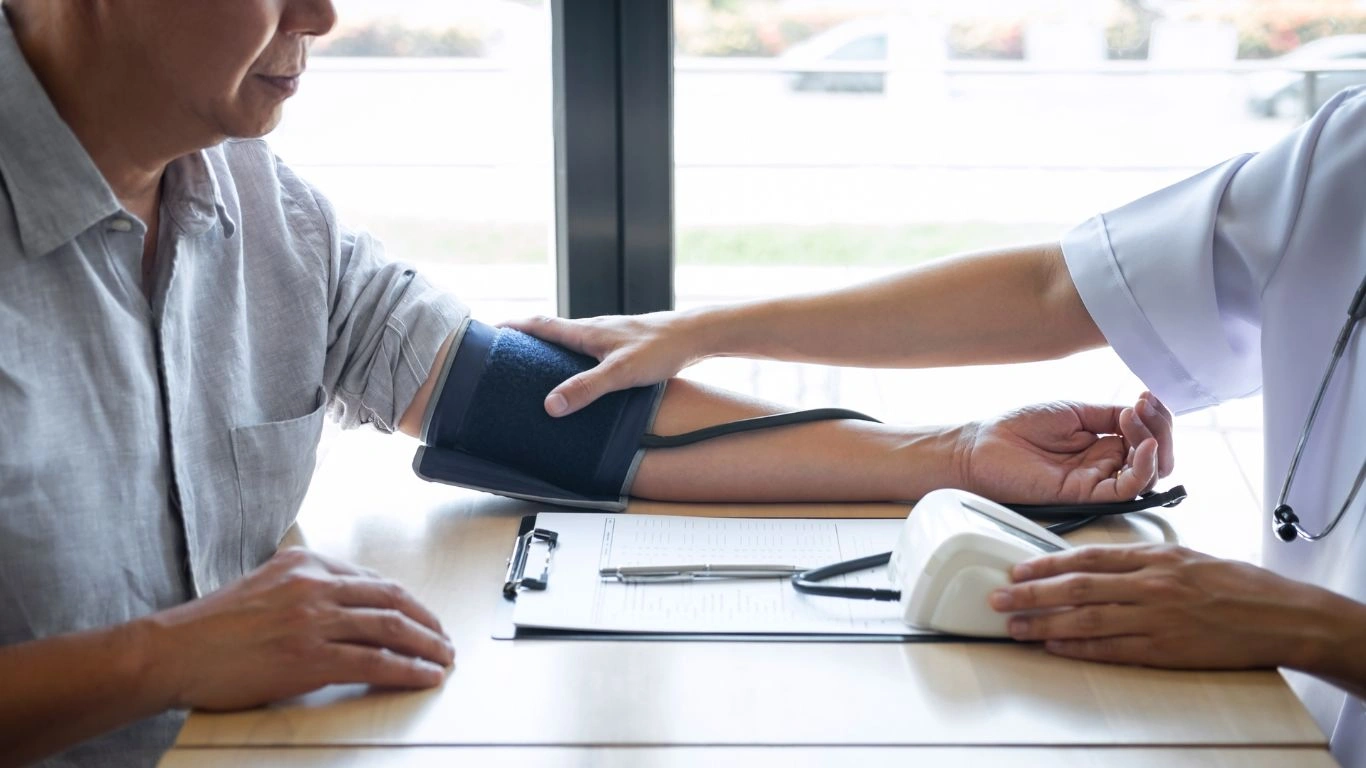Managing Hypertension with a Keto Diet: A Life-Changing Solution
Managing hypertension with a keto diet is something I’ve personally explored with many of my patients, and the results have been fascinating. As someone who has spent years treating high blood pressure, I’ve seen how dietary changes can be just as powerful as medication—sometimes even more so. The keto diet, known for its low-carb, high-fat approach, has gained attention for weight loss, but its impact on blood pressure is just as remarkable. If you’ve been struggling with hypertension and wondering whether keto could be the game-changer you need, let’s break it down in a way that’s practical, science-backed, and easy to understand.
How Does the Keto Diet Affect Blood Pressure?

When we talk about high blood pressure, we’re dealing with a complex condition that’s influenced by diet, lifestyle, genetics, and even stress levels. One major factor? Insulin resistance. If your body struggles to manage insulin effectively, it can trigger inflammation, weight gain, and—you guessed it—hypertension.
The keto diet tackles this issue head-on by drastically reducing carbohydrate intake. When carbs are limited, insulin levels drop, allowing the body to switch into fat-burning mode (ketosis). This shift can lead to several benefits for blood pressure:
- Lower insulin levels: Less insulin means less sodium retention, which helps reduce bloating and lowers blood pressure naturally.
- Weight loss: Excess weight puts extra strain on the heart, and shedding even a few pounds can lead to noticeable improvements in BP.
- Reduced inflammation: Keto helps lower systemic inflammation, a key player in high blood pressure and heart disease.
- Improved electrolyte balance: With the right approach, keto can support optimal levels of potassium, magnesium, and sodium—nutrients that play a crucial role in blood pressure regulation.
The Science Behind Keto and Hypertension
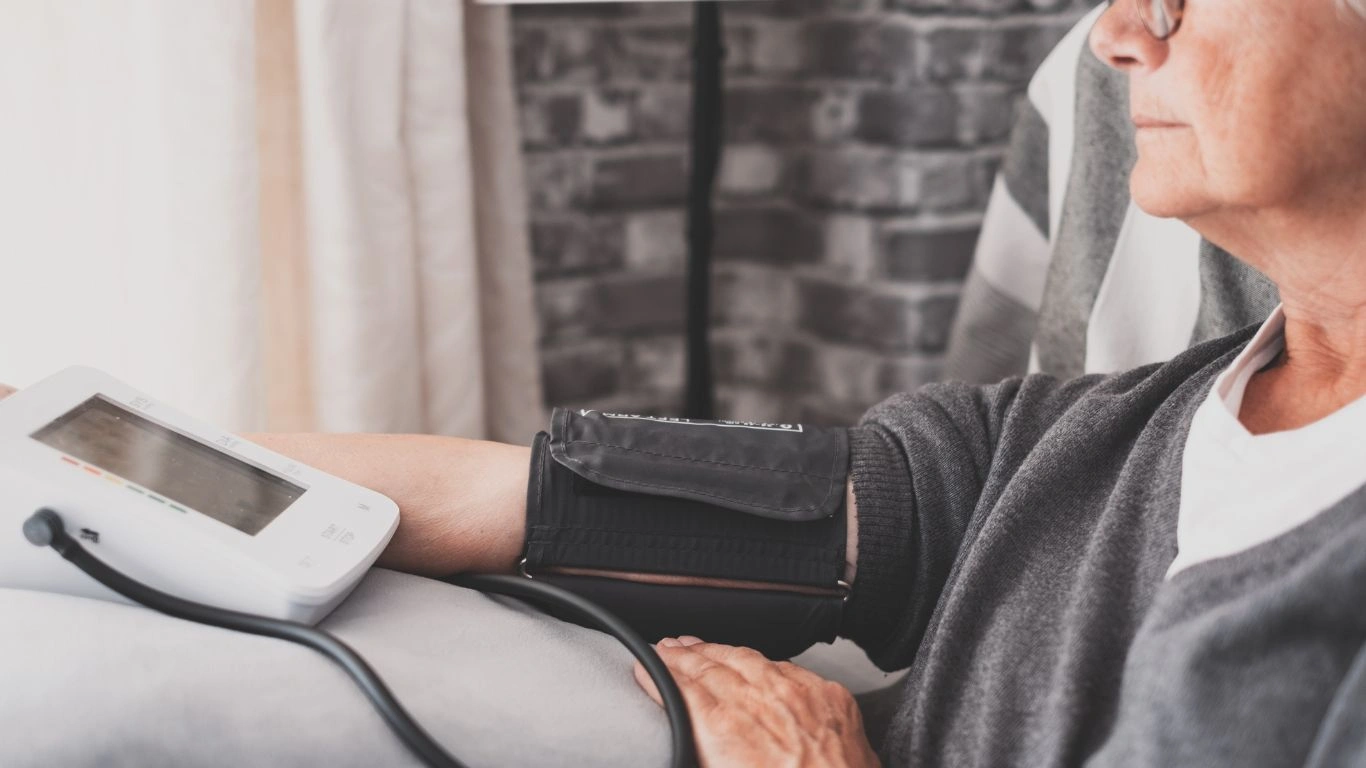
Studies have started catching up with what many of us in the medical field have observed anecdotally. A 2019 study published in the Journal of the American College of Cardiology found that low-carb diets were associated with significant reductions in systolic and diastolic blood pressure. Another research review highlighted that individuals on keto tend to experience a natural diuretic effect, which helps in reducing blood pressure without medication.
One of my patients, a 52-year-old woman who had been on blood pressure medication for over a decade, decided to try keto under my guidance. Within three months, her blood pressure readings had dropped from 150/95 to a steady 125/80—without changing her medication. She was thrilled, and honestly, so was I. This wasn’t an isolated case. I’ve seen similar success stories over and over again.
Key Nutrients for Managing Hypertension with a Keto Diet

While keto can work wonders for hypertension, it’s important to do it the right way. Simply cutting carbs isn’t enough—you need to focus on nutrient-rich, whole foods that support cardiovascular health.
1. Potassium-Rich Foods
Potassium plays a crucial role in counteracting the effects of sodium and keeping blood pressure in check. On keto, you can get potassium from:
- Avocados
- Spinach
- Salmon
- Mushrooms
- Brussels sprouts
2. Magnesium for Relaxing Blood Vessels
Magnesium is another powerhouse mineral that helps with muscle relaxation and vasodilation (widening of blood vessels), reducing blood pressure levels. Excellent keto-friendly sources include:
- Pumpkin seeds
- Dark chocolate (85% cocoa or higher)
- Almonds
- Swiss chard
- Fatty fish
3. Healthy Fats for Heart Health
Not all fats are created equal. The right fats can help reduce inflammation and support cardiovascular function. Some of my favorite keto-friendly, heart-healthy fats include:
- Extra virgin olive oil
- Grass-fed butter
- Coconut oil (in moderation)
- Fatty fish like salmon and sardines
- Chia and flax seeds
Final Thoughts on Keto and Hypertension
If you’re considering using keto to manage hypertension, my biggest piece of advice is don’t go at it blindly. While keto can be a powerful tool, it’s essential to monitor your blood pressure, electrolytes, and overall health along the way. The key is to focus on nutrient-dense foods, stay hydrated, and adjust as needed based on how your body responds.
In the next section, we’ll dive deeper into practical tips, meal plans, and potential pitfalls to avoid when combining keto with hypertension management. Stay tuned!
Practical Tips for Managing Hypertension with a Keto Diet
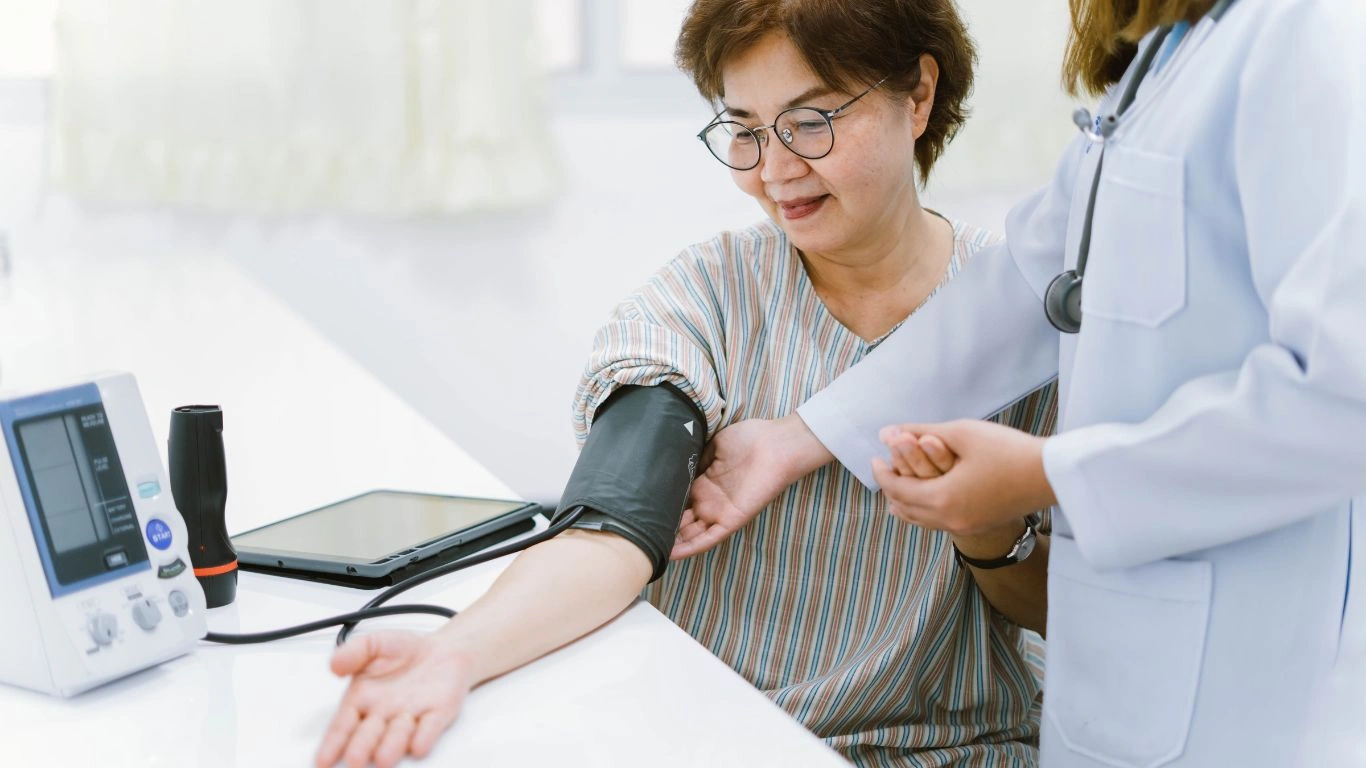
At this point, you might be thinking, “Okay, I get how keto can help with hypertension, but how do I actually do this in real life?” Trust me, I’ve had that same conversation with plenty of patients. Transitioning to keto isn’t just about cutting carbs—it’s about making sustainable changes that work for your body, lifestyle, and health goals.
1. Keep an Eye on Electrolytes
One of the biggest mistakes I see with people starting keto—especially those with high blood pressure—is ignoring electrolytes. When you cut carbs, your body flushes out a lot of water, which also means losing key minerals like sodium, potassium, and magnesium.
Here’s how to stay on top of it:
- Salt your food generously: Don’t be afraid of sodium. In fact, many people with hypertension feel better on keto because they finally get enough natural salt in their diet.
- Eat potassium-rich foods: Avocados, spinach, and salmon are your best friends.
- Consider a magnesium supplement: This can help with muscle cramps, sleep, and keeping blood vessels relaxed.
2. Don’t Fear Healthy Fats
For years, we were told that fat was the enemy of heart health. But the truth? It’s the quality of fats that matter. On keto, embracing the right fats can actually support a healthy heart and optimal blood pressure.
Some of my favorite healthy fats for people with hypertension:
- Extra virgin olive oil (rich in antioxidants and anti-inflammatory compounds)
- Grass-fed butter (a great source of vitamin K2, which supports arterial health)
- Fatty fish like salmon and mackerel (loaded with heart-healthy omega-3s)
- Avocados (not just for potassium, but for monounsaturated fats that improve cholesterol balance)
3. Stay Hydrated
One thing I always emphasize with my patients: drink more water than you think you need. The keto diet naturally has a diuretic effect, which means you’ll be losing fluids faster than usual. Dehydration can cause headaches, fatigue, and even lead to higher blood pressure if not managed properly.
Some simple hydration tips:
- Aim for at least half your body weight in ounces of water per day.
- Add a pinch of sea salt to your water to replenish lost sodium.
- Drink herbal teas or bone broth for an extra electrolyte boost.
What to Eat and What to Avoid on a Hypertension-Friendly Keto Diet
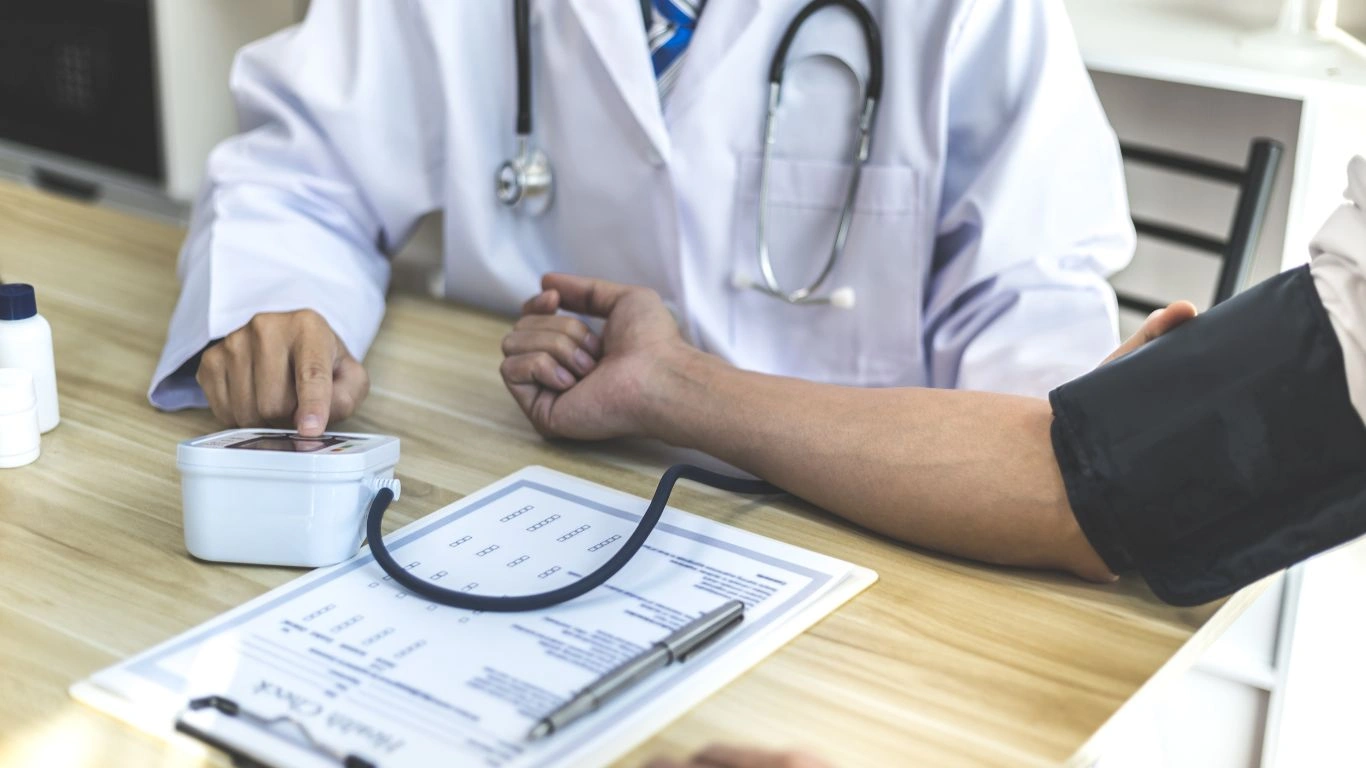
Not all keto foods are created equal. If your goal is to manage blood pressure, you need to focus on nutrient-dense choices while avoiding inflammatory, processed foods.
Best Keto Foods for Hypertension
- Leafy greens: Spinach, kale, and Swiss chard are packed with potassium and magnesium.
- Berries: Low in carbs but rich in antioxidants that help protect blood vessels.
- Fatty fish: Salmon, sardines, and mackerel are great for reducing inflammation.
- Eggs: A fantastic source of protein and healthy fats without raising cholesterol concerns.
- Nuts and seeds: Almonds, chia seeds, and flaxseeds provide heart-healthy fats.
- Olive oil: A key ingredient in the Mediterranean diet, which is known for lowering blood pressure.
Foods to Avoid
- Processed meats: Bacon and deli meats often contain added sodium and preservatives that can be problematic.
- Seed oils: Vegetable oils like soybean and canola are highly inflammatory.
- Artificial sweeteners: Some sugar substitutes can negatively impact gut health and insulin response.
- Too much dairy: While keto-friendly, excessive cheese and cream can be inflammatory for some people.
Overcoming Common Challenges on Keto with High Blood Pressure
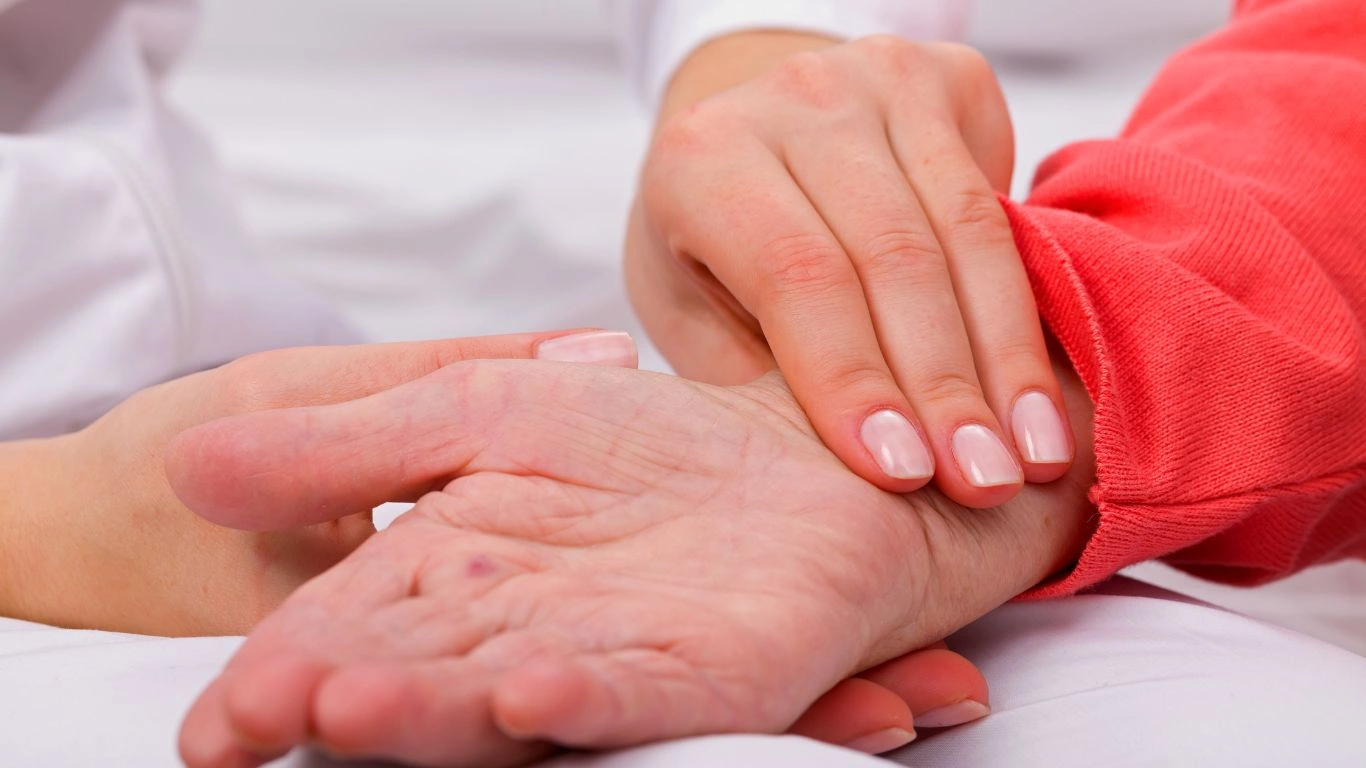
Every time I introduce a patient to keto for hypertension, I hear some common concerns. Let’s tackle them head-on.
“Won’t eating more fat raise my cholesterol?”
Not necessarily! In fact, many people see an improvement in their cholesterol profile on keto. The key is focusing on healthy fats and keeping an eye on your overall metabolic health. If you’re concerned, ask your doctor for an advanced lipid panel instead of just looking at total cholesterol.
“I feel dizzy and tired—what’s going on?”
Ah, the infamous “keto flu.” This is common in the first few weeks as your body adjusts. The best fix? More electrolytes and hydration. If symptoms persist, gradually reduce carbs instead of cutting them out overnight.
“I take blood pressure medication—should I stop it?”
Absolutely not without talking to your doctor first. As blood pressure improves, your medication dosage may need adjusting, but that’s something to do under medical supervision.
Next Steps for Your Hypertension & Keto Journey
Managing hypertension with a keto diet isn’t just about cutting carbs—it’s about making sustainable, heart-healthy choices. In the next section, we’ll dive into a detailed meal plan, the best keto-friendly recipes for blood pressure, and how to track your progress effectively.
Keto Meal Plan for Managing Hypertension

Now that we’ve covered how keto can help with hypertension and the key foods to focus on, let’s talk about the real challenge—what to eat every day. I always tell my patients that success with keto isn’t just about what you remove from your diet but what you add to it. The right balance of fats, proteins, and micronutrients can make all the difference in keeping your blood pressure stable.
Here’s a simple, heart-friendly keto meal plan to get you started:
Day 1
- Breakfast: Scrambled eggs with avocado and sautéed spinach in olive oil.
- Lunch: Grilled salmon with a side of roasted Brussels sprouts and olive oil dressing.
- Dinner: Grass-fed beef stir-fry with cauliflower rice and sesame oil.
- Snacks: A handful of almonds or a few celery sticks with nut butter.
Day 2
- Breakfast: Chia seed pudding with coconut milk and a few raspberries.
- Lunch: Tuna salad wrapped in lettuce with olive oil and avocado.
- Dinner: Baked chicken thighs with roasted asparagus and garlic butter.
- Snacks: Hard-boiled eggs or dark chocolate (85% cocoa or higher).
Day 3
- Breakfast: Omelet with mushrooms, cheese, and a drizzle of avocado oil.
- Lunch: Grilled shrimp with zucchini noodles and pesto sauce.
- Dinner: Slow-cooked beef stew with keto-friendly vegetables.
- Snacks: Macadamia nuts or a cup of bone broth.
This meal plan keeps carbs low while prioritizing potassium-rich foods, healthy fats, and essential nutrients to support blood pressure management.
Monitoring Your Progress on Keto
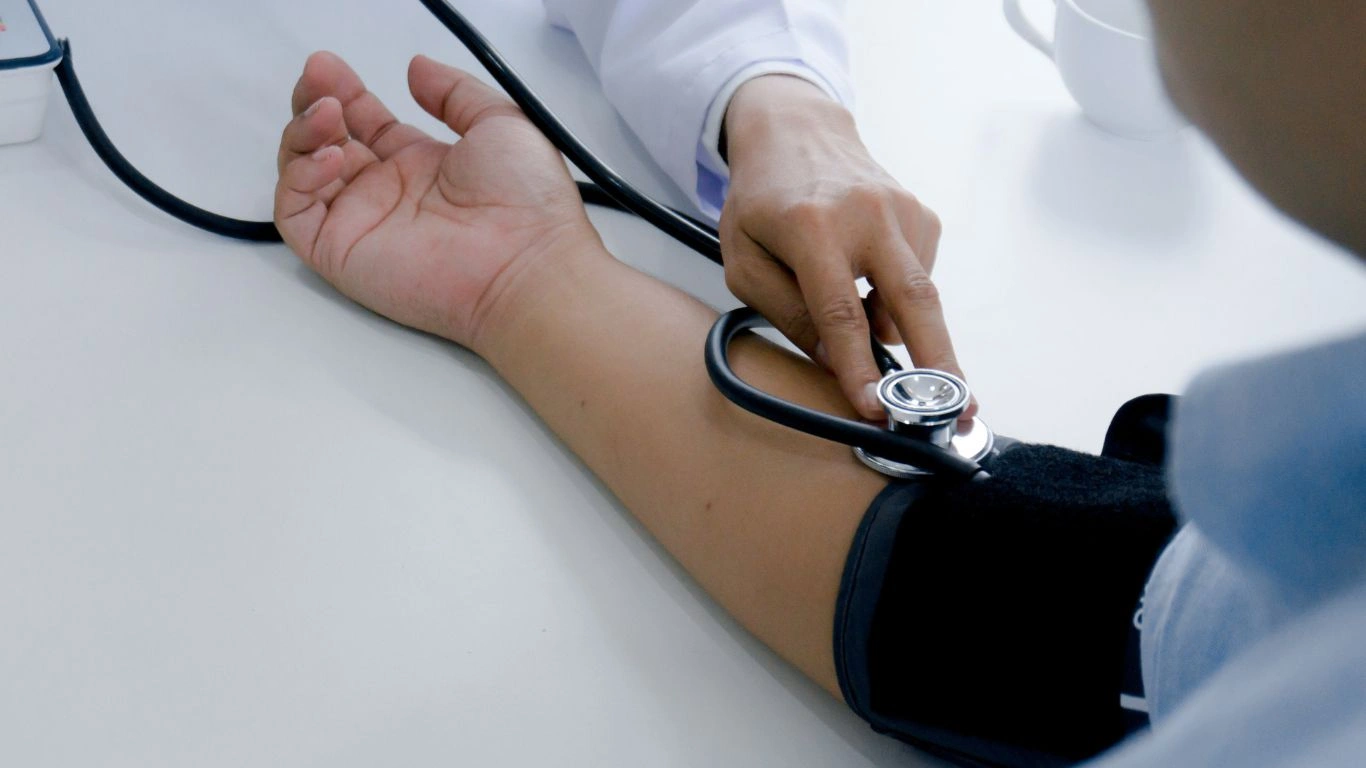
When transitioning to keto for hypertension, tracking your progress is just as important as the diet itself. It’s not just about the number on the scale—it’s about how your blood pressure, energy levels, and overall well-being improve.
1. Track Your Blood Pressure
Don’t rely on how you feel alone—get a reliable at-home blood pressure monitor. I recommend checking your blood pressure at least twice a day: once in the morning before eating and again in the evening.
2. Watch for Electrolyte Imbalances
If you notice symptoms like muscle cramps, dizziness, or fatigue, your electrolyte balance may be off. Adjust your intake of sodium, potassium, and magnesium accordingly.
3. Pay Attention to How You Feel
Many of my patients report improved mental clarity, stable energy levels, and better sleep within a few weeks of starting keto. If something feels off, don’t hesitate to tweak your approach.
Potential Side Effects & How to Handle Them
As effective as keto can be for hypertension, it’s not without its challenges. Here are a few potential side effects and how to manage them:
1. The “Keto Flu”
During the first few days of cutting carbs, you might experience headaches, fatigue, or irritability. This is normal and usually passes within a week.
- Fix: Increase electrolyte intake and stay hydrated.
2. Temporary Blood Pressure Drops
Some people experience a sudden drop in blood pressure when starting keto. While this can be a good sign, it might cause dizziness.
- Fix: If you’re on medication, work with your doctor to monitor your dosage.
3. Digestive Issues
Keto can sometimes cause constipation, especially if fiber intake is too low.
- Fix: Eat plenty of non-starchy vegetables and drink lots of water.
Final Thoughts & Next Steps
Managing hypertension with a keto diet isn’t about a quick fix—it’s about making long-term, sustainable changes that support heart health. By focusing on whole, nutrient-dense foods, monitoring your progress, and staying mindful of your body’s needs, you can achieve real, lasting improvements in your blood pressure.
Remember, everyone’s body responds differently. What works for one person may need slight adjustments for another. If you’re unsure about anything, always consult with a healthcare professional before making major dietary changes.
References
- American Heart Association – Research on diet and blood pressure.
- National Library of Medicine – Studies on keto and cardiovascular health.
- Diet Doctor – Science-backed keto guidance.
Disclaimer
This article is for informational purposes only and should not be considered medical advice. If you have hypertension or any underlying health conditions, consult your doctor before making dietary changes.

Dr. Gwenna Aazee is a board-certified Internal Medicine Physician with a special focus on hypertension management, chronic disease prevention, and patient education. With years of experience in both clinical practice and medical writing, she’s passionate about turning evidence-based medicine into accessible, actionable advice. Through her work at Healthusias.com, Dr. Aazee empowers readers to take charge of their health with confidence and clarity. Off the clock, she enjoys deep dives into nutrition research, long walks with her rescue pup, and simplifying medical jargon one article at a time.
